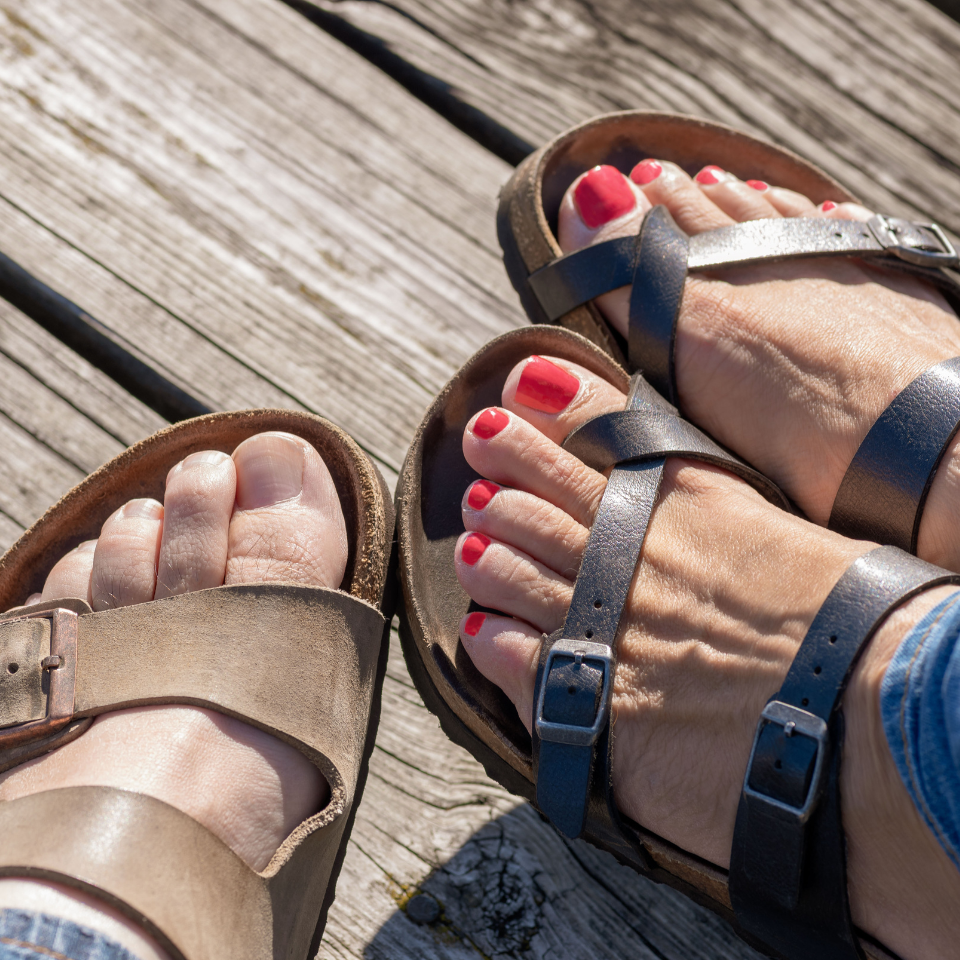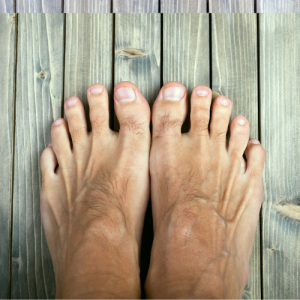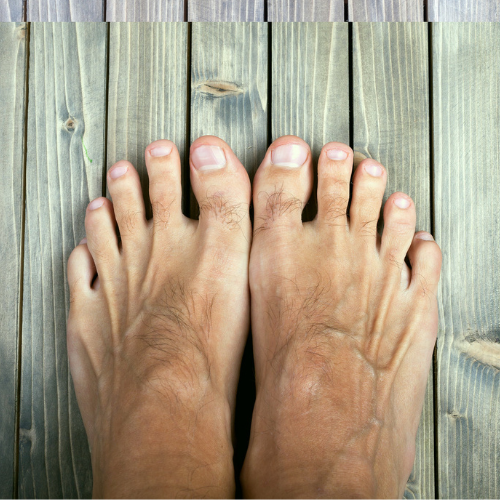As the warm weather approaches, many of us eagerly anticipate shedding our winter boots and slipping into comfortable sandals. However, before you dive headfirst into summer footwear, it’s crucial to be aware of the potential pitfalls that can lead to foot pain and discomfort. In this article, we’ll explore common sandal-related foot problems and offer expert advice on how to avoid them. Remember, foot pain is never normal, and it’s essential to address any persistent discomfort by consulting a podiatrist for proper diagnosis and treatment.
Flats & Slides:
Flats and slides are popular choices for casual summer wear, but they can also be culprits for foot pain. The lack of arch support and inadequate cushioning can lead to arch and heel pain, especially with prolonged wear. To mitigate these issues, it’s essential to avoid wearing flats or slides for extended periods and opt for styles with a sole that offers adequate support and minimal twisting.
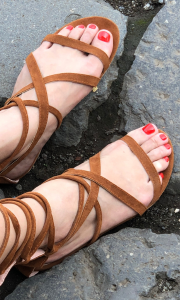 Gladiator & Strappy Sandals:
Gladiator & Strappy Sandals:
While gladiator and strappy sandals may look stylish, they can cause irritation between the toes and lead to the buildup of calluses and dead skin around the heels. Additionally, the lack of support and shock absorption in these sandals can exacerbate foot discomfort. To prevent these problems, choose sandals made from natural materials like soft, supple leather and ensure a proper fit, without toes or heels hanging off the edge.
Platforms & High Heels:
For those who love a bit of extra height, platforms and high heels are go-to options. However, they often come with their own set of foot-related issues, including pain in the ball of the foot and increased risk of ankle injuries. To minimize discomfort, opt for lower, more stable heels, preferably less than two inches in height. This adjustment can provide better support and reduce strain on the feet and ankles.
Wedges & Espadrilles: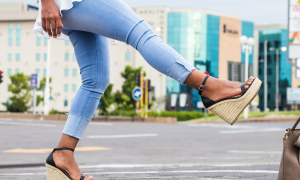
Wedges and espadrilles offer a stylish alternative to traditional heels, but they can pose challenges in terms of stability and walking ease. Ankle twists or sprains are common risks associated with these styles, particularly if they have narrow or steep wedges. To enhance stability, opt for wider, flatter wedges and look for sandals with rubber soles that offer good traction, reducing the risk of slips and falls.
Peep-toe Sandals:
Peep-toe sandals are a summer staple, but they can put increased pressure on the toes, leading to issues like bunions and hammertoes. While they may be tempting to wear for long periods, it’s best to limit their use to short durations to prevent discomfort and potential foot deformities.
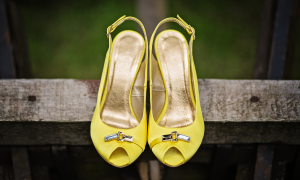
As you prepare for summer adventures, don’t let foot pain put a damper on your plans. By making informed footwear choices and prioritizing comfort and support, you can avoid the sandal scandal and enjoy a pain-free season. Remember, if you’re experiencing persistent foot pain or discomfort, don’t hesitate to seek help from a podiatrist.
Podiatrists, like Dr. Rappette DPM, FACFAS are uniquely qualified to diagnose and treat a wide range of foot and ankle conditions, ensuring that you can put your best foot forward all summer long.
Schedule an appointment today at Foot & Ankle Centers, for a full foot and ankle examination. During your examination, Dr. Rappette DPM, FACFAS can provide a complete list of APMA approved footwear, including sandals.


